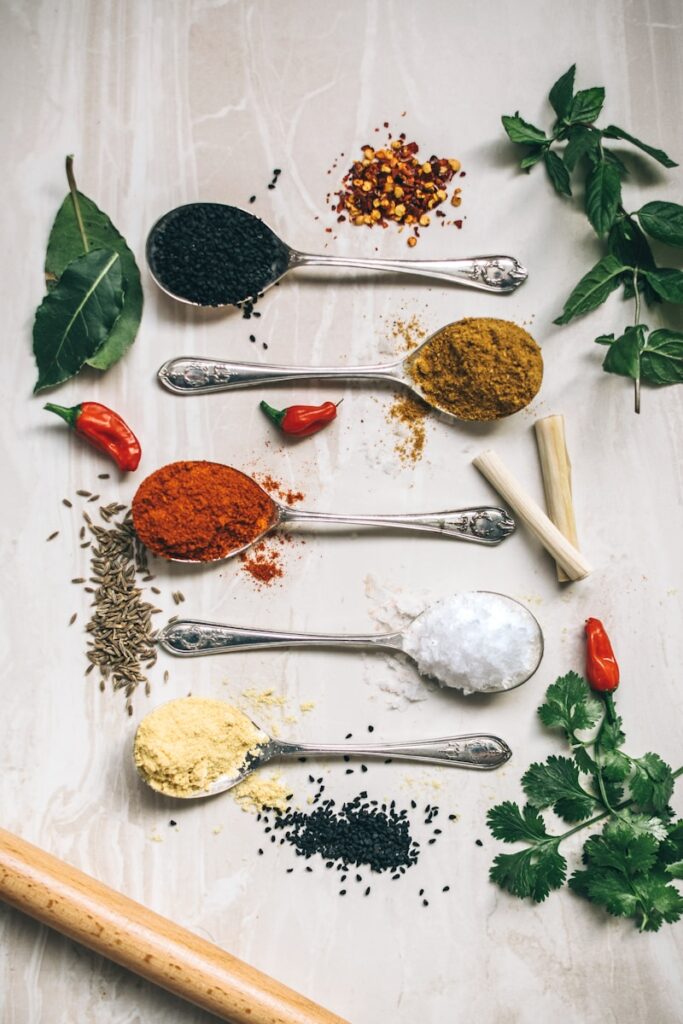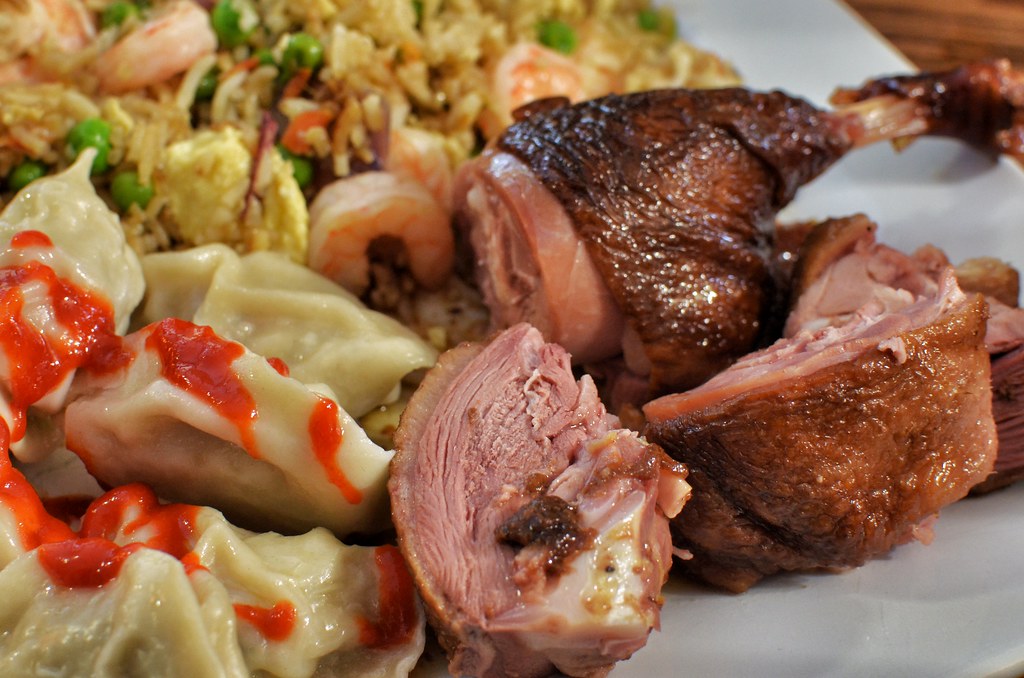Imagine this: you’re in your kitchen, a blank canvas of ingredients laid out before you, ready to start your next culinary adventure. The catch? You’re only allowed to use salt, pepper, and one other seasoning for an entire year. This might seem like a daunting limitation at first glance. Still, with a little creativity and a deeper understanding of the crucial role seasoning plays in the culinary arts, it can be an exhilarating challenge that pushes your cooking skills to new heights.
Exploring the Art of Seasoning
The importance of seasoning in cooking cannot be overstated. As we dive into the art and science of preparing food, we learn that it’s not just about combining ingredients but about layering flavors to create a harmonious dish. Salt and pepper have long been the stalwarts of seasoning, providing a base layer of flavor that enhances the natural taste of ingredients. But why stop there? Engaging with a variety of seasonings can elevate a dish from good to unforgettable, offering a symphony of flavors that dance on the palate.
Consider the wisdom that ‘the more they taste, the better they become at judging whether a dish is well-seasoned.’ This notion highlights the importance of experimentation and the development of one’s taste buds. Seasoning isn’t a one-size-fits-all affair; it’s a delicate balance that requires finesse, intuition, and a willingness to explore. The act of tasting as you cook is akin to a painter adding strokes to a canvas, adjusting the hues and textures until the masterpiece is just right. The culinary world offers a vast palette of spices, herbs, and aromatics, each with its unique profile and potential to transform a dish.
Adhering to the principle of building layers of flavor is akin to constructing a building from the ground up. Each ingredient, whether it be savory aromatics like garlic and onions or aromatic herbs like thyme and bay leaves, contributes to the overall structure of the dish. These ingredients don’t scream for attention; instead, they work in harmony, ensuring the dish’s foundation is solid and flavorful. The inclusion of contrasting elements, such as sweet and sour or salty and umami, introduces complexity and depth, engaging the eater’s senses in a delightful interplay.

The Wonderful Journey of Seeking the Third Type of Seasoning
Let’s start by considering the criteria for this all-important choice. Firstly, versatility is key. This seasoning should be able to blend seamlessly into a variety of dishes, from breakfast scrambles to sumptuous dinners. Secondly, it should have a distinct flavor profile that can stand on its own or enhance the natural flavors of other ingredients. And lastly, it should inspire creativity, encouraging you to experiment and explore new culinary landscapes.
Given these criteria, there are a few standout contenders for the title of the ultimate third seasoning. Garlic powder, for example, is a strong candidate with its ability to add depth and warmth to nearly any savory dish. Its versatility ranges from creating the perfect garlic bread to enhancing meat rubs or vegetable roasts. Moreover, garlic’s health benefits, including its ability to support heart health and its anti-inflammatory properties, make it an even more appealing choice.
Another contender is smoked paprika. This vibrant spice not only adds a beautiful color to dishes but also introduces a complex smokiness that can elevate a simple dish to something extraordinary. Its versatility is evident in its application in a wide range of cuisine, from traditional Spanish paellas to a smoky barbecue rub. Smoked paprika can transform a basic chicken dish or add an intriguing layer to roasted vegetables.
A wildcard option might be sumac. Less known but equally deserving of consideration, sumac brings a tangy lemon-like flavor that can brighten up any dish. Its vibrant color and zesty taste make it an excellent addition to marinades, salads, and even sprinkled over hummus. Sumac’s unique flavor profile encourages culinary adventure, pushing the boundaries of traditional seasoning.
So, which among these should take the coveted spot alongside salt and pepper? The decision ultimately reflects your personal taste and cooking style. If you lean towards hearty, comforting meals, garlic powder might be your best friend. For those who love to infuse their dishes with a touch of smoky sophistication, smoked paprika could be the way to go. And for the adventurous cook looking to introduce a novel flavor into their repertoire, sumac might just be the spice to shake things up.
The beauty of this challenge lies in the opportunity it presents: to simplify and yet, paradoxically, expand your culinary horizons. By restricting your seasoning arsenal to just three champions, you’re encouraged to delve deeper into the essence of flavor, exploring new combinations and techniques that bring out the best in your chosen trio. It’s a journey that promises not just delicious meals, but a deeper appreciation for the art of seasoning.
Wrapping up this flavorful exploration, let’s not forget the wise words of culinary experts: taste as you go, build layers of flavor, and don’t shy away from experimenting. The third seasoning you choose, be it garlic powder, smoked paprika, sumac, or an entirely different spice, will no doubt become a trusted ally in your kitchen, adding depth, brightness, and complexity to your dishes. Embrace the challenge, and may your culinary adventures be ever seasoned with joy and discovery.
Related posts:
How to Season Food
the third shaker
The Salt & Pepper Rule





